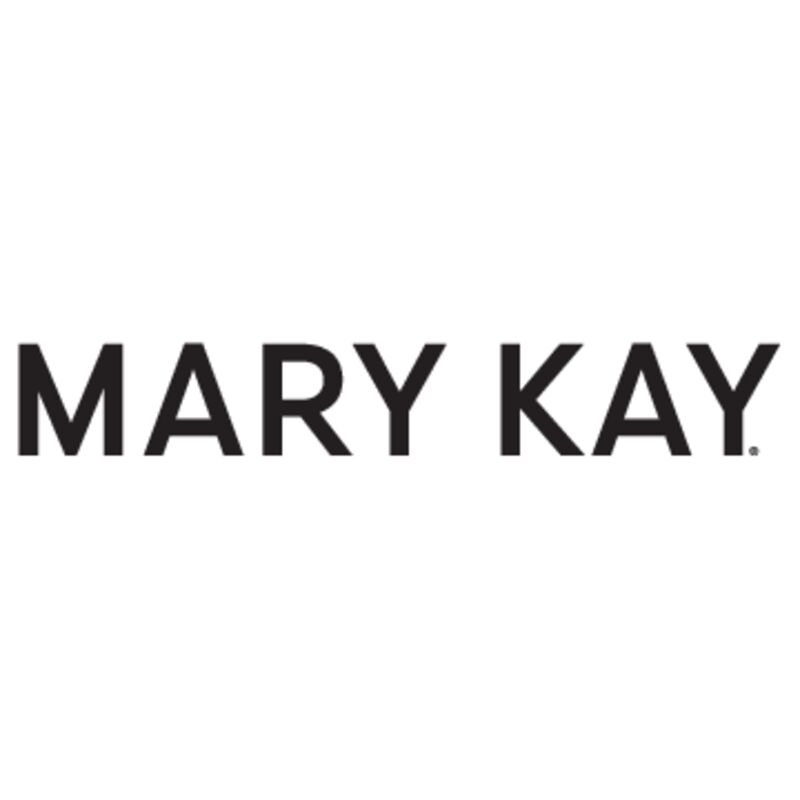Coral Emergencies: Mary Kay Powers the Nature Conservancy Game-Changing Work on Super Reefs
Video: Cut Canvas Creative/Kip Evans
The clock is ticking: half of the Earth’s coral reefs and 85% of shellfish reefs have been lost to date.1
The Nature Conservancy (TNC) and Mary Kay Inc. are urgently working together to protect and restore some of the remaining reefs.
Mary Kay and TNC’s partnership blossomed in 1987 and spanned over more than three decades totaling 100 conservation projects supported by Mary Kay all around the globe. The focus of Mary Kay has been to invest in nature-based solutions that help safeguard our lands and waters for future generations by tacking climate change challenges and biodiversity loss. Mary Kay is a proud supporter and advocate of TNC’s Super Reefs initiative, a collaborative effort to discover the secrets of these aptly named “super reefs” and help coral reefs persist in a warming world.
Did you know?
As part as its mission to conserve the Earth’s land and water, TNC aims to conserve 4 billion hectares of ocean by 2030 including coral reefs.
TNC has already made great strides in advancing the Super Reefs work:
- TNC recently completed the initial assessments of Super Reef areas with greatest potential for conservation achievements. Based on a variety of ecological factors, scientists have identified a potential Super Reef location including high biodiversity and presence of corals that have recovered from heat stress. Current areas of interest for super reefs include Hawaii, Palau, Indonesia, the Marshall Islands, the Bahamas, the Dominican Republic, and Belize.
- Supporting community-led conservation is critical to how TNC approaches conservation. Coral reefs provide both natural and socioeconomic benefits as coastal communities around the world are dependent on their health. The potential Super Reef sites identified are vital for both biodiversity and the social and economic wellbeing of indigenous people inhabiting the islands.
This game-changing work is already having an impact locally in Palau and on the volcanic islands and coral atolls of Micronesia and Polynesia where the Super Reefs program helps communities and governments build resilience and adapt to local and global changes.
What is next in 2024?
TNC is now set to move to the next phase of work including collecting data for the hydrodynamic modeling enabling researchers to predict oceanographic conditions conducive to the thriving of super reefs such as temperature and flow. The data will be shared with local communities so that they can provide feedback and input the shaping and outcome of the initiative.
Once the models are complete, TNC’s partners from Stanford University will conduct coral heat stress tests to validate the Super Reef sites, after which TNC will begin working with local communities, partners, and stakeholders to improve the management of these Super Reef sites to ensure the Super Reefs continue to survive and reseed adjacent areas—with the long-term goal of scaling solutions globally.
“Mary Kay Ash, our iconic founder, believed that there are three types of people in this world: those who make things happen, those who watch things happen, and those who wonder what happened. We are honored to join forces with the first type of people to develop the tools and resources needed to protect our oceans for generations to come,” said Deborah Gibbins, Chief Operating Officer, Mary Kay Inc.
For the most recent updates on Mary Kay’s global sustainability strategy and the latest report, click here.
1The Nature Conservancy, 2023 Annual Report, The Making of a Million. Retrieved from: https://www.flipsnack.com/F98E67AA9F7/the-making-of-a-million-2023-texas-annual-report/full-view.html

